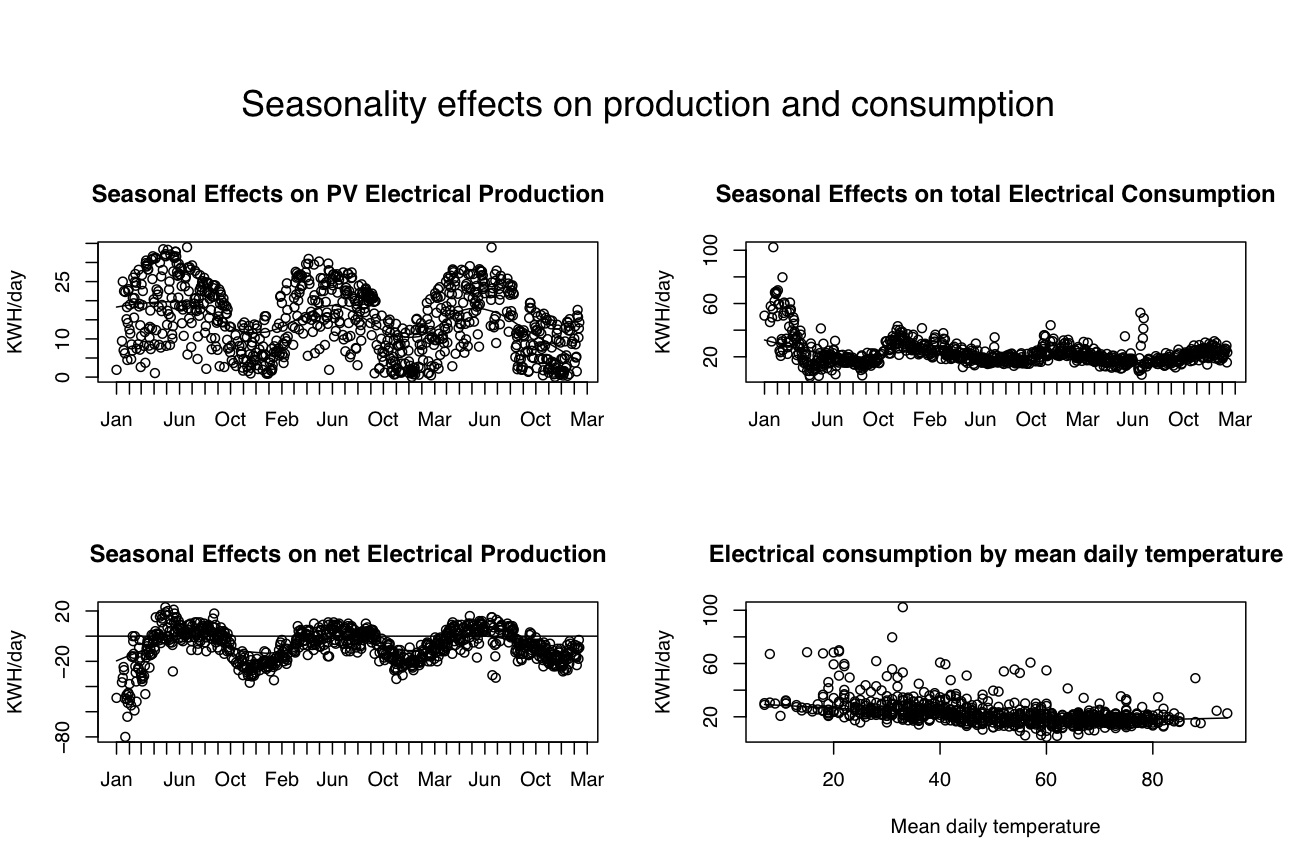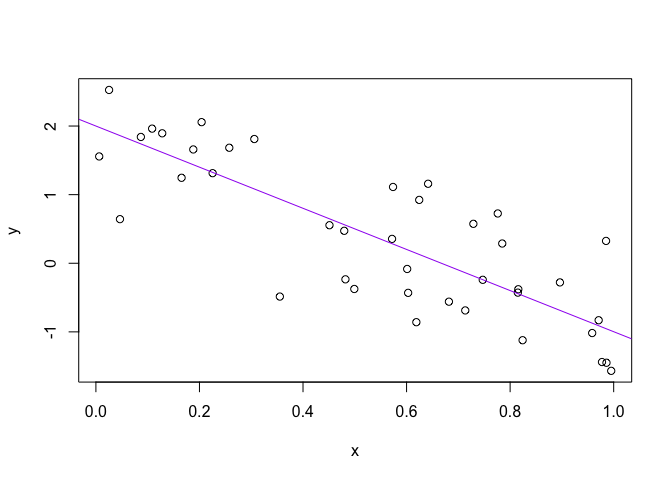
Now we have a model, we can predict the value of the new dataset by giving inputs to our model. When we fit variables of our model then the equation looks like:Īnd when we fit the outcome of our model into this equation it looks like: Linear_model = lm(dist~speed, data = cars) Once the model learns that how data works, it will also try to provide predicted figures based on the input supplied, we will come to the prediction part in a while, first, we will make a model. Now we will build the linear regression model because to predict something we need a model that has both input and output. The second variable is Distance (ft) which also has numeric figuresĪ dataset “cars” look like this.The first variable is speed (mph) which has numeric figures.This dataset has 50 observations of 2 variables. And we will build a linear regression model that will predict the distance on the basis of the speed.

We will work on the dataset which already exists in R known as “Cars”.

It can provide an answer to a question like which type of customer will default on the loan, and at the same time suggest the ways like what should a company do to reduce the number of defaults. It is the combination of both descriptive and predictive analytics, it will help the company to make effective decisions. Prescriptive Analytics (Decision Science) This will help us to learn from historical mistakes. By studying closely, we can identify which kind of people default on loans like what is their age or whether they belong to the same location or whether they are into the same occupation or they work under the same industry sector. The best example of this is let’s suppose you are studying the data of the people who took a loan and you want to specifically study which type of people default on loans.

The main types of descriptive analytics techniques include data aggregation and data mining which can provide us the knowledge about past events. In this branch of analytics, we will interpret the historical data to understand the changes that occurred in the business. Descriptive Analytics (Business Intelligence) This technique gives the company a good heads up that in which direction they have to work. Hadoop, Data Science, Statistics & othersįor Example, in this, we will continue the same scenario which we used in descriptive analytics, like once we fit in the historical or current data into our model and we pass on the predict command on our new input data, automatically model will tell us that which of the new customer has a chance to default on loans.


 0 kommentar(er)
0 kommentar(er)
